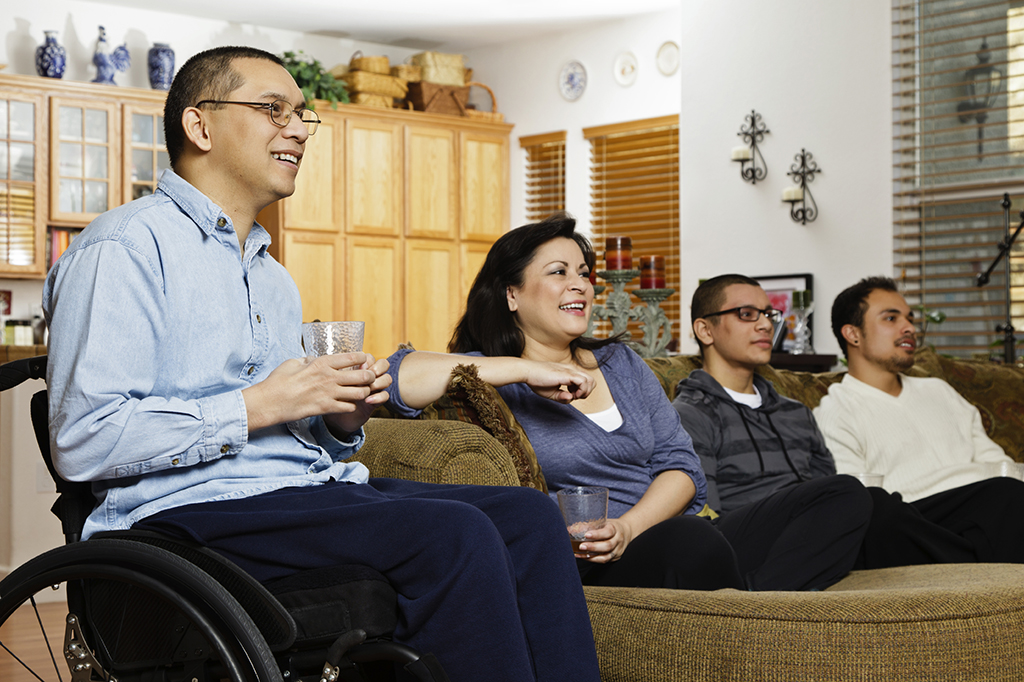Investing in homes that are affordable and accessible
Minnesota Housing is committed to investing in homes that are not only affordable but accessible to people with disabilities.
What does accessibility mean when it comes to the housing we live in?
In housing, we look at “universal design features” to measure accessibility for people with disabilities. These features include no-step entry, one-story living, wide doorways and hallways, usable bathrooms and extra floor space. In multi-story buildings, this includes elevators. There are also visitability standards that are met using these universal design features.
In our rental housing area, we incentivize developers by giving extra points when they commit to using universal design features in their apartment buildings. That make their proposals more competitive – and more likely to be funded and built.
All senior housing (for people age 55+) must incorporate universal design if awarded funding from Minnesota Housing.
We have several loan programs that can be used to improve accessibility in public housing in Greater Minnesota. Adding elevators to public housing is an eligible use of our Rural Rehabilitation Development Loans. We also offer financing to modernize elevators and improve door accessibility, along with other life safety improvements, through our Publicly Owned Housing Program.
In the homeownership area, we make home loans through participating lenders to homeowners including our Fix Up loans and our Emergency and Accessibility Loan Program. Accessibility improvements to single-family homes are eligible uses along with other home rehab.
Minnesota Housing funds organizations like Rebuilding Together Twin Cities and Hennepin County to add grab bars, ramps and other accessibility improvements in the form of grants or short-term, forgivable loans to individual homeowners.
Since 2006, single family homes, duplexes and townhouse designs funded by Minnesota Housing must meet visitability design elements. Key visitability design elements include no-step entry, usable bathroom and wider doorways throughout.
In 2023, legislators added language about requiring projects receiving Housing Infrastructure funding to include at least one unit (or 5% of all units) to be accessible. At least one unit must include a roll-in shower. Similarly, at least one unit needs to be sensory-accessible, with regards to soundproofing, limited fluorescent lighting, low-fume paint, low-chemical carpet, and low-chemical carpet glue.
Interested in getting involved in housing accessibility?
Minnesota Housing often has opportunities for the public to provide comment on its action plan, strategic plan, and other program planning. Visit our Opportunities to Engage page for upcoming ways to get involved.
Minnesota Housing is also home to the Minnesota Olmstead Implementation Office, which works to make Minnesota a place where people with disabilities can live their best life.
The Minnesota Olmstead Plan is a set of goals our state must meet so that people with disabilities can live, learn, work and enjoy life alongside everyone else in the community.
For more information, visit the Olmstead Implementation Office website.
Contact
-
Jill Mazullo, Communications DirectorCommunications Director

Contact
-
Jill Mazullo, Communications DirectorCommunications Director